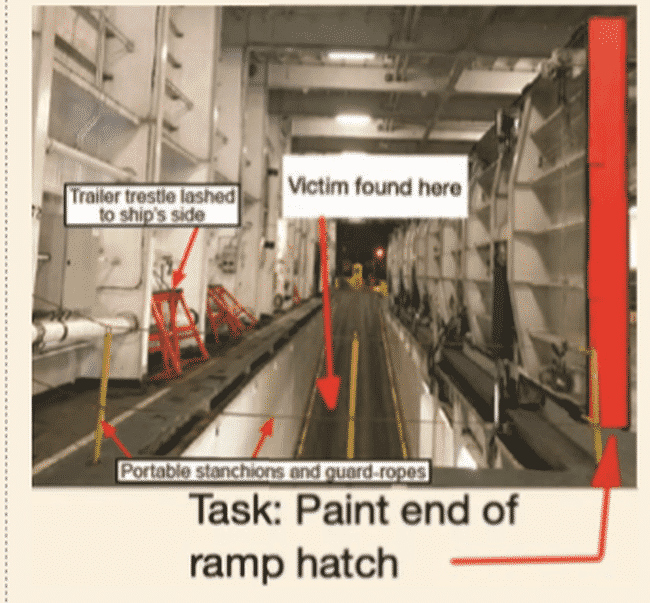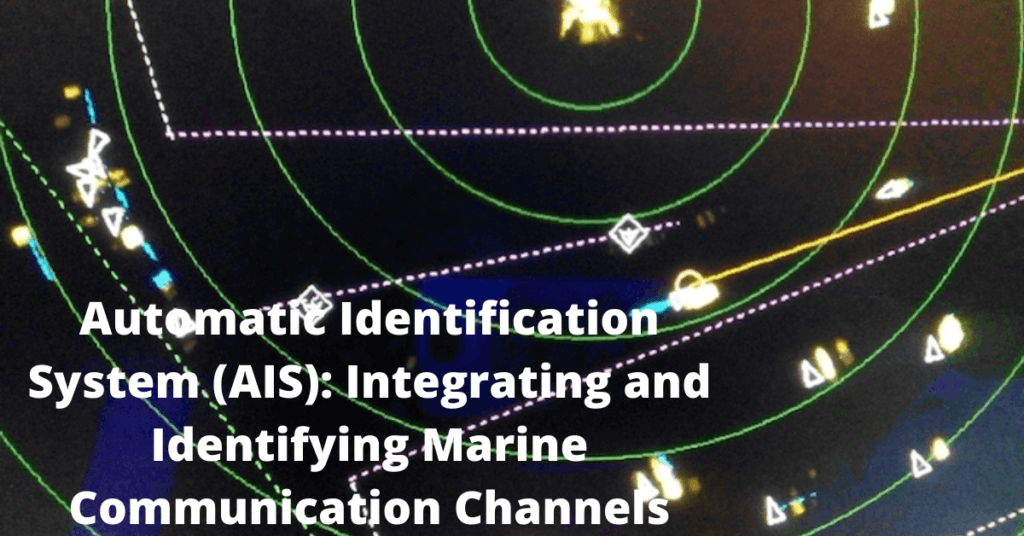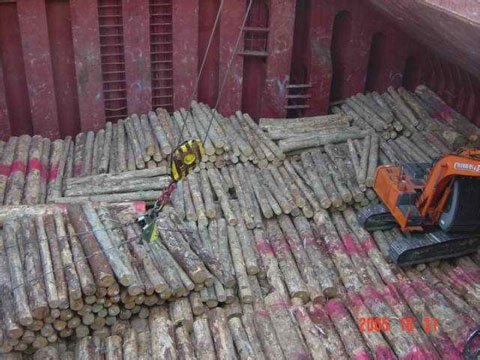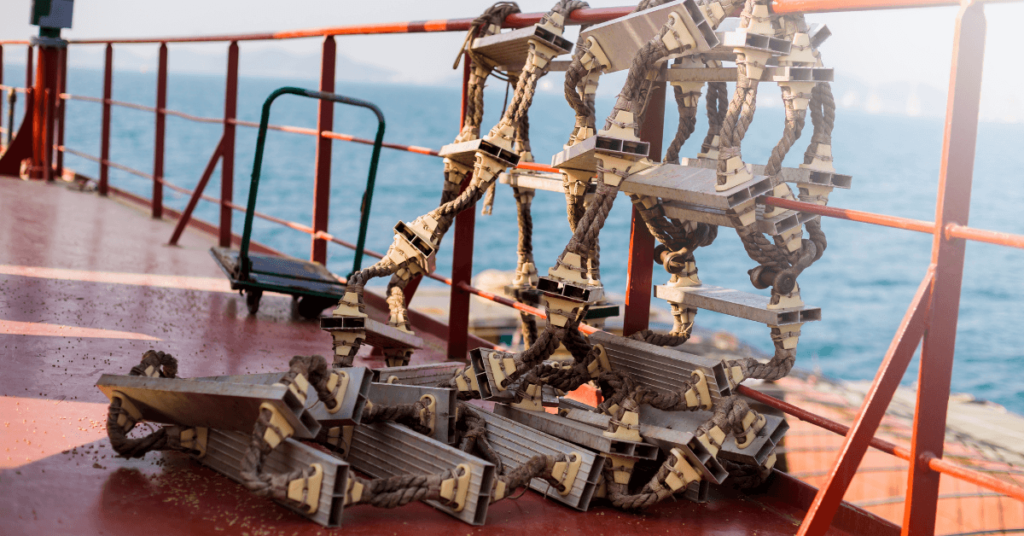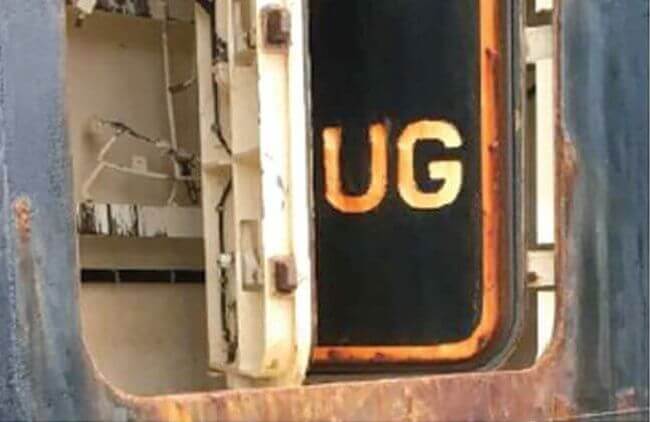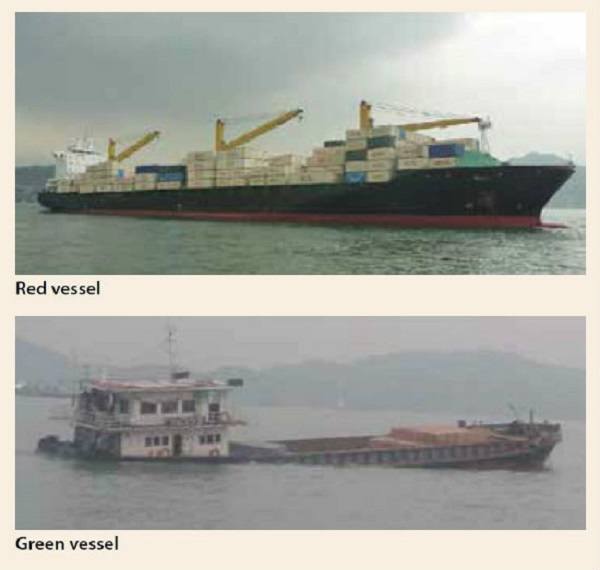Real Life Incident: Failure To Check Status of Valves On Deck Leads to Cargo Overflow
A vessel arrived at the discharge port with a cargo of Methyl Tertiary Butyl Ether (MTBE) with most of the cargo tanks loaded to 98% capacity. The cargo was split in two parcels and was to be discharged separately at same berth, using same manifold connection. On arrival cargo sampling was carried out. During cargo sampling the manual drop valves were opened and pump was started from the cargo control room at slow speed. After completion of sampling, deck crew shut the valves.
On board this ship, all manual valves are tied with rope to indicate they are shut. The duty officer was instructed to carry out independent checks of all valves and lines on deck in order to confirm they were correctly set- up for discharge. Discharging commenced from No 7 port and starboard centre tanks with the chief officer and duty officer present in the cargo control room.
The cargo monitoring system indicated No 7 port centre tank low pressure alarm and the chief officer confirmed with deck crew that the vacuum side of the pressure vacuum (PV) valve for that tank was activated. Following this, another audible alarm sounded and the chief officer assumed it to be the low pressure alarm of No 7 starboard centre tank. However, he failed to check the source of the second audible alarm.
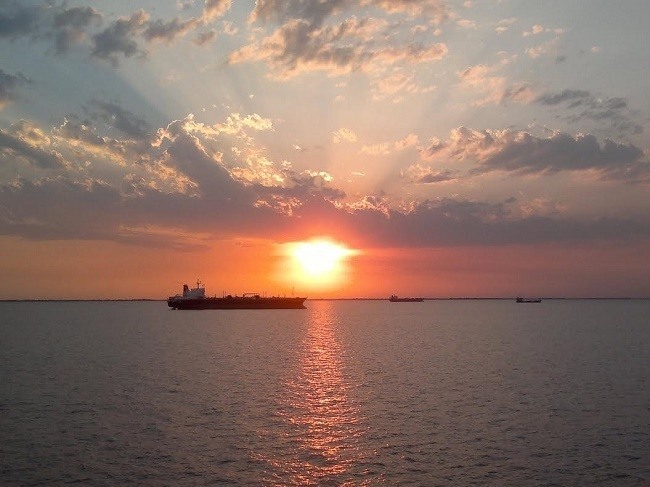
Shortly afterwards the staff on deck informed the cargo control room that one of the PV valves on the forward group of PV stands was lifting. On hearing this, the chief officer immediately checked the status of pressure in forward cargo tanks. Simultaneously, those on deck informed the control room about an escape of cargo from the PV valve of No 1 stbd tank and immediately activated the emergency trip of the cargo pumps from the manifold position. Contingency procedures as listed in the Shipboard Marine Pollution Emergency Plan (SMPEP) were implemented; using company approved PPE, ship staff collected the minor cargo leakage (about 400 litres) from the deck into anti-pollution drums. The cargo spillage was contained on board the vessel.
On completion of the clean-up operations, the chief officer and Master investigated the status of all lines and valves on deck. They noted that No 1 stbd tank drop valve was not fully shut, although a rope was tied to the valve wheel, indicating that it was fully shut.
Observations:
1. Prior to commencement of discharge operations, ship staff had opened all manifold valves on the cargo line of the MTBE cargo. This led to undue pressurising of cargo lines for all cargo tanks loaded with MTBE cargo and No 1 stbd tank filling up causing escape of cargo onto the deck through the PV Valve.
2. As No 1 stbd tank was at 98% full and at alarm level, no further alarm was generated in the control room indicating the filling of the tank.
3. The high pressure alarm from No 1 tank was overlooked by chief officer in the control room, assuming it to be the low pressure alarm from No 7 stbd.
4. The action of deck team at the manifold was correct; immediately activating the emergency stop.
5. After re-checking the complete cargo system, discharge operations were resumed with all standard Company and Industry procedures in place.
Root cause/contributory actions:
1. Human error: Crew member failed to close the drop valve of No 1 stbd tank correctly after completion of sampling.
2. Human error: Chief officer failed to correctly identify the source of audible alarm in cargo control room.
3. Incorrect Tanker Practice: Additional valves were opened up which were not required.
4. Incorrect Tanker Practice: failure to check physically the status of manual valves on deck.
Corrective actions taken:
1. On board in-depth investigations and analysis of incident. Incorrect shipboard cargo operations processes were identified and preventive actions implemented.
2. Training workshop in basic tanker safety held onboard with the deck staff.
3. Master has been advised to carry out in-depth tanker operation training using safety DVDs.
4. Ship staff advised to stop the incorrect practice of using ropes to ‘visually’ verify the status of manual valves on deck. They should always physically verify status (open/close) of manual valves and sight the valve indicators to double check the status.
5. Initial cargo line and valve set-up should be verified by chief officer independent of previous checks, as per company Chemical Tanker Manual.
Reference: nautinst
Do you have info to share with us ? Suggest a correction
- Real Life Incident: Vessel Collision in Good Visibility
- Real Life Incident: Severe Injury To Deck Crew While Leaving Berth
- Real Life Incident: Departure Damage in Very Restricted Waterway
- Real Life Incident: Low Situational Awareness Has High Impact Consequence
- Real Life Incident: Fouled Anchor in a Designated Anchorage
- Real Life Incident: Fire On Barge Carrying Scrap Metal Causes $7 Million Worth Of Damage
Latest Case studies Articles You Would Like:
Subscribe To Our Newsletters
By subscribing, you agree to our Privacy Policy and may receive occasional deal communications; you can unsubscribe anytime.
Web Stories










